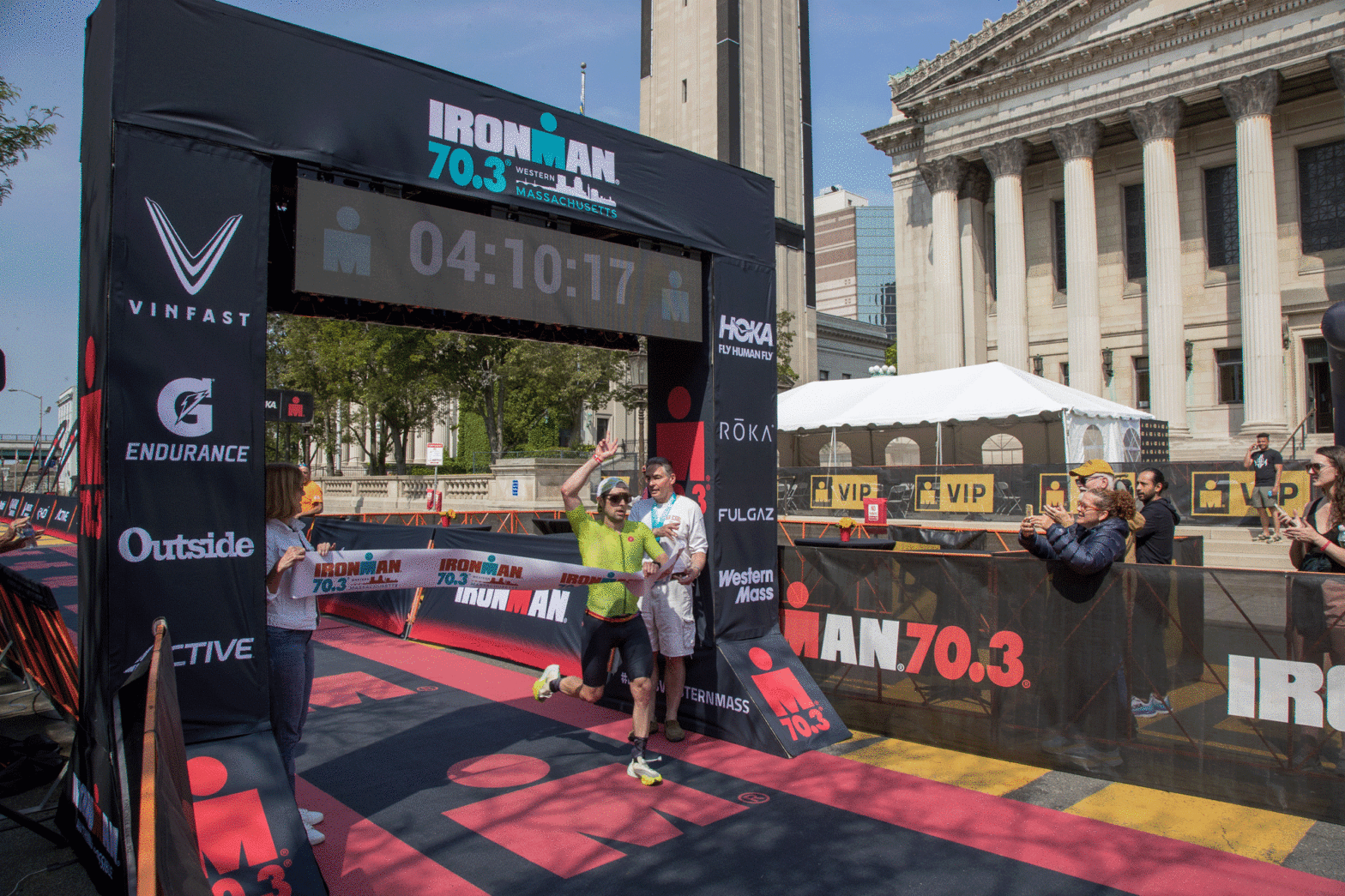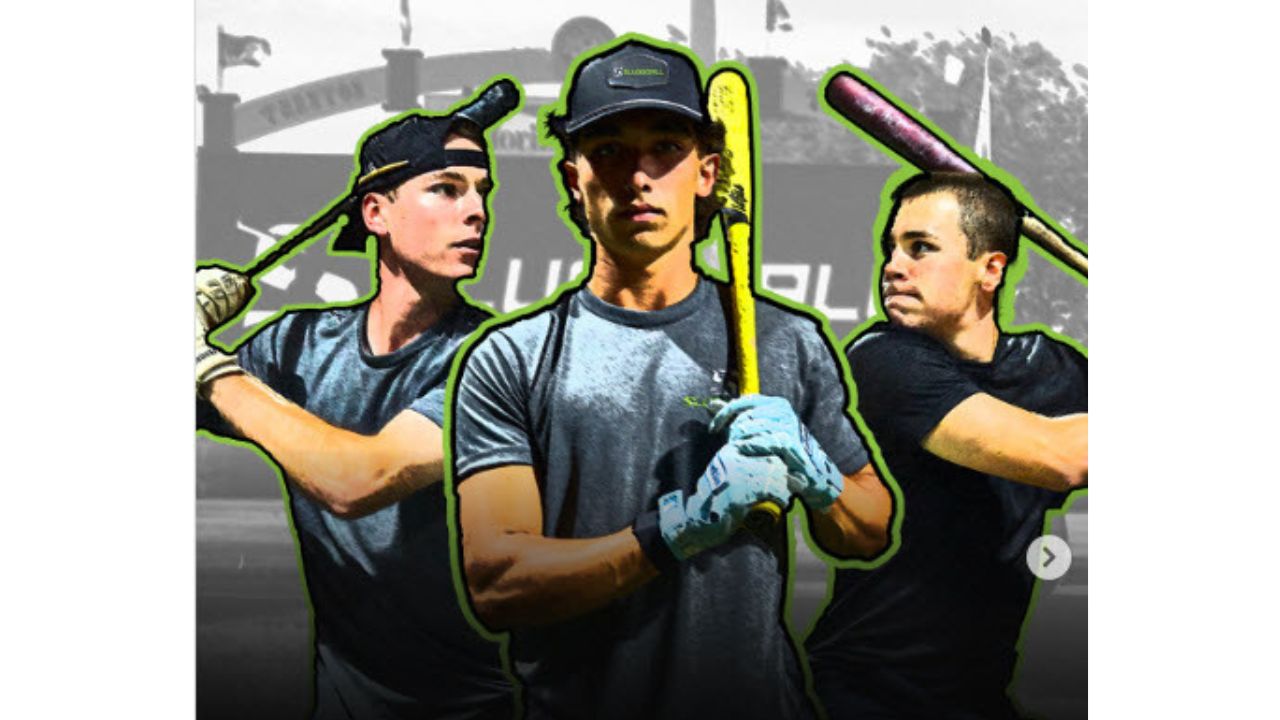
Running is a physical activity that’s enjoyed in some form or another by approximately 50 million Americans each year, according to LiveStrong, and that’s translating to an increase in road race participation.
Running in the USA aims to document as much of this momentum as possible. Serving as the largest online directory of races and clubs in the country, Running in the USA is the result of a 2003 merger of two previous websites, one focused on race results founded by Don Drewniak and the other by Bill and Mary Flaws, who maintained an online directory of races and running clubs. “Our website started off as a simple, personal database that Mary created as a way to keep track of races that she was interested in possibly running back in 2001 to 2002,” explained Bill Flaws. “We strive to include in our directory all events that contain a running component to them and that take place in the United States.”
Running USA, a nonprofit organization dedicated to growing the running industry, released its 2022 Race Trends Report, noting race participation increased an average of 16 percent from 2021 to 2022. This is proving true in marathon finishers across the country as well. The 2023 New York City Marathon became the largest marathon in the world when it recorded its third largest number of finishers (51,402) in its history. Also last year, other marathons and races across the country recorded significant increases in both participation and finishers, such as the Eugene Marathon, which has been hosted in Eugene, Ore., since 2007.
“We average between 8,000 to 10,000 runners each year,” says Becky Radliff, director of marketing and events for the Eugene Marathon. “That number is combined from all of our events, which includes the marathon, half marathon, 5K, and kids run. In addition to the big growth last year, we’re seeing our registration numbers up about 40 percent this year over last year. Right now, we’re predicting we’ll be at more than 12,000 runners for the event this year.”
The Oregon Track Club

Eugene has long been a hotbed for the sport. Often referred to as TrackTown USA, the city is home to legendary Hayward Field, and the Oregon Track Club, which was established in 1958 by Bill Bowerman, the legendary former track coach at the University of Oregon, who is also credited with bringing jogging to the United States. “He had visited New Zealand and saw how healthy its people were and it was because of jogging,” explains John Truax, president of the Oregon Track Club. “He brought jogging back to Eugene and started the club.”
At its core, the Oregon Track Club was meant to help university athletes continue to participate in the sport after college, Truax adds. “Once a runner graduated and was no longer eligible to compete in college, but they still wanted to complete and train for the Olympics, they would join the Oregon Track Club,” he says.
With jogging taking the city by storm, Bowerman also opened up the club for anyone interested in running. “That’s what made it unique—that anyone in the community wanting to jog could become a member,” Truax said. “So, it really was a multipurpose and multifaceted club, which it still is.”
While the Oregon Track Club’s membership numbers have changed over the years, today it is approximately 800 members strong. With members ranging in age, ability, and participation type—the club also recruits and trains officials—the organization strives to offer a variety of events. One of those is Eugene’s longest-running community road race, Butte to Butte. Hosted each Fourth of July since 1973, Butte to Butte includes a 10K, 5K, and four-mile Mayors’ Walk, all of which take participants through the streets of the city. “On average, it attracts around 4,000 participants,” Truax says. “Because we’re celebrating our 50th anniversary this summer, we hope to get a big boost in numbers this year.”
For its Masters division, for anyone aged 30 and over, there’s the annual Hayward Classic, which is hosted at Hayward Field. The famous field also hosts one of the club’s major events, All Comers Meets. Hosted each summer, All Comers Meets includes five different meets every week for five weeks for participants of all ages. “There’s a variety of events, from the 60-yard dash to the 100-meter, 200-meter, 400-meter, and even field events like shot put, high jump, and the long jump,” Truax says.
Specifically for the youth division, the Oregon Track Club hosts the OTC Great Donut Chase, a cross-country race in mid-October each year. “It’s becoming very popular around the region,” Truax added. “Last year, we had 417 kids compete. It’s a lot of fun.”
Silver Circle Sports Events
Silver Circle Sports Events organizes approximately 50 separate events that are all hosted in southeast Wisconsin. The company’s founder, Sean Osborne, established the company in 2010 after randomly helping plan and host a run. “It was a 5K and a kids mud run,” Osborne explains. “We had 1,400 people show up. From there, we continued on and expanded.”
At the time, Osborne was a full-time commercial realtor. Eventually, as he began hosting more road races, he quit real estate and began focusing on Silver Circle Sports Events full-time. “We do everything for our events in-house except sell the shoes,” Osborne says. “We don’t hire any third parties or subcontractors. If you come to one of our events, every single person there is an employee. It’s not common.”
In addition to the 50 events that Silver Circle Sports Events owns, it also manages, times, or supplies equipment to another 50 to 75 events as well. “With these events, we’re providing third-party management for clients,” Osborne said. “We do everything for the event, just like it’s ours, but we don’t own it.”
The company stays busy year-round hosting its various runs and road races, which include a winter run series and the largest trail running series in Wisconsin, Wisconsin Trail Assail. Its largest event is a Thanksgiving Day run, the Great Gobble Wobble. Hosted in Oconomowoc, Wis., a city situated approximately 25 miles west of Milwaukee, the race draws on average 1,500 runners.
“Our town is only 14,000 people, so that’s a lot,” Osborne added. “Our largest event when it comes to management and complexity, however, is our Lake Country Triathlon. It’s three races going at the same time, and it involves so many different people and municipalities.”
Osborne adds new races to the event calendar each year, stating he loves “creating the events themselves and the websites and all of the fun stuff that goes along with it.”
Dedication is key
Truax, who has helped start a variety of events, adds another crucial ingredient needed to start a new event: dedication. “Growth can happen—if you just stick with it,” he said. “Just start it and be consistent. Consistency is key for anything to grow, so just stick with it once you start it.”
Osborne suggests starting by reaching out to the local municipality first to find out what types of permits would be required to host. “Some don’t even allow events in the municipality,” he added.
Planning and hosting a race is something anyone can do, Osborne adds. “It isn’t rocket science,” he says. “The challenge is you don’t know what you don’t know. I would recommend if you’re going to start a new event, hire someone. Even if it’s just on a consulting basis. Or, if you can’t do that, get a committee together because it is a lot more work than you think.”









